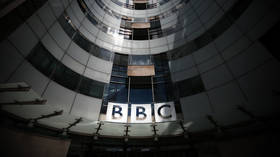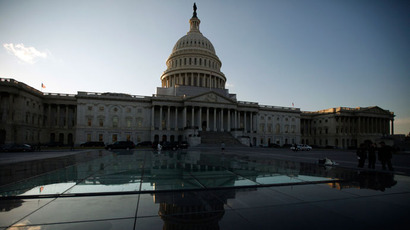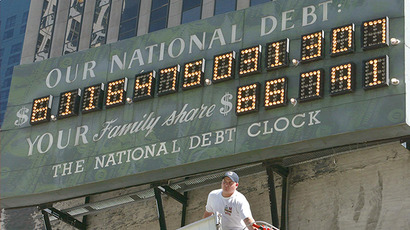Congressional research: cost of tax breaks $12 trln, benefits mostly rich

As the federal government continues to struggle with its deficit, a new study has found that the top ten US tax deductions, credits and exclusions will allow taxpayers to withhold paying the government $12 trillion over the next ten years.
Households in the top 20 percent of US income distribution will receive more than half of the $900 billion in tax break benefits in 2013, while 17 percent of total benefits will go to the top one percent of income earners.
“If you didn’t know anything about the US individual income tax, you might be surprised at the magnitudes involved,” Douglas Holtz-Eakin, a former CBO director and president of the American Action Forum, told Bloomberg Businessweek.
The numbers paint a picture of the vast amount of tax dollars the wealthy are able to withhold through tax breaks as the federal government continues to accumulate debt and debates on how to reduce it. The non-partisan Congressional Budget Office conducted a study to pull up the data at the request of House Democrats, who argued that tax breaks are keeping significant sums in the hands of the wealthy.
"This shows that we could achieve a significant amount of deficit reduction by limiting the preferences to the highest income earners," Representative Chris Van Hollen, the top Democrat on the House Budget Committee, told reporters during a conference call.
The highest-income and the lowest-income households benefit the most from the 10 largest tax breaks, but the numbers on the higher end of the scale are most damaging to the federal government, the CBO report found. The top 20 percent of income earners receive 9.4 percent of their after-tax income from breaks. Some of the deductions examined by the CBO include employer-provided health insurance, mortgage interest, charitable donations and the child tax credit.
Some Democratic lawmakers and analysts are now using the data to encourage serious tax reform that would strip the wealthy of the tax breaks that allows them to keep billions. President Barack Obama himself has been encouraging limiting tax breaks for high-income individuals, thereby raising his goal of $529 billion over the next ten years.
“The feasibility of tax reform comes into focus when you see these numbers,” Holtz-Eakin told Bloomberg. “It does lead you to the temptation to say we should just go get this money, and that’s dangerous because that’s different from reform.”
Republicans are pushing for tax reform that would eliminate certain deductions, credits and exclusions – many of which benefit the middle class – which would generate revenue that they want to use to lower tax rates. The top 10 tax breaks benefit both the high-earners and the low-earners, and Van Hollen said he does not support the idea of taking them away. Instead, he wants to limit the total amount of deductions for the top two percent of earners, or families reaping more than $250,000 per year.
But with Democrats and Republicans having starkly different ideas on how to bring in more taxpayer money – and what to do with it – The Hill reports that Washington observers remain skeptical that this study can lead to a bipartisan agreement.














